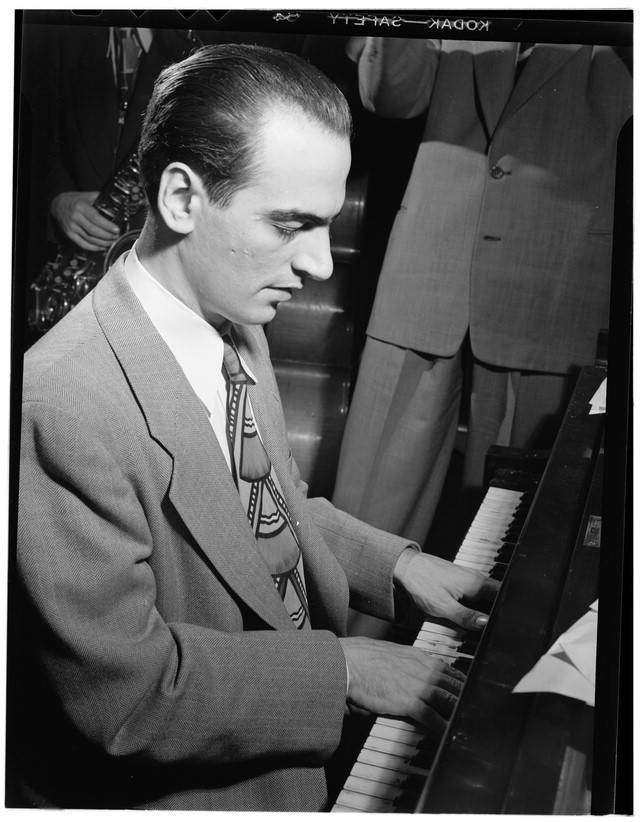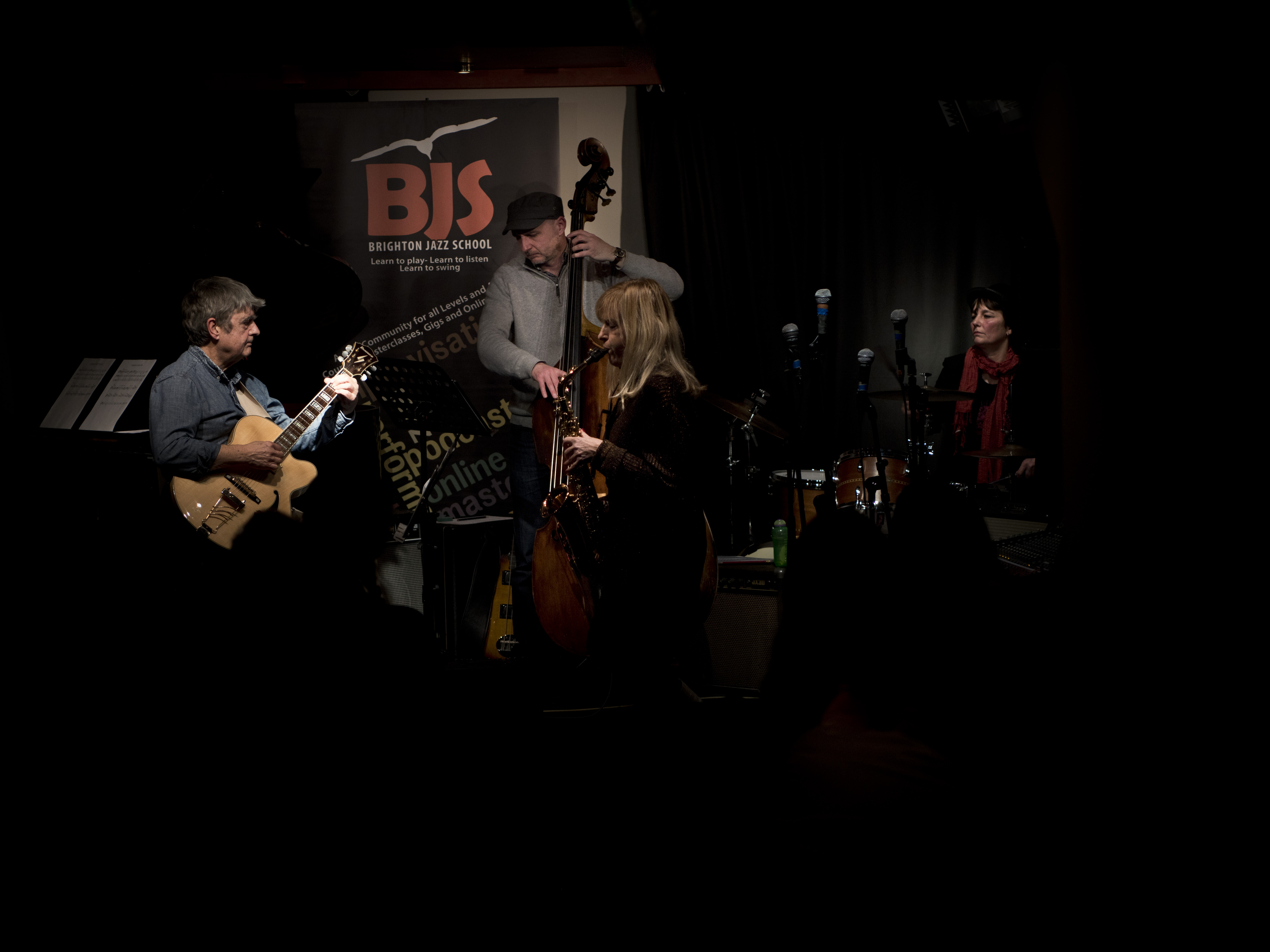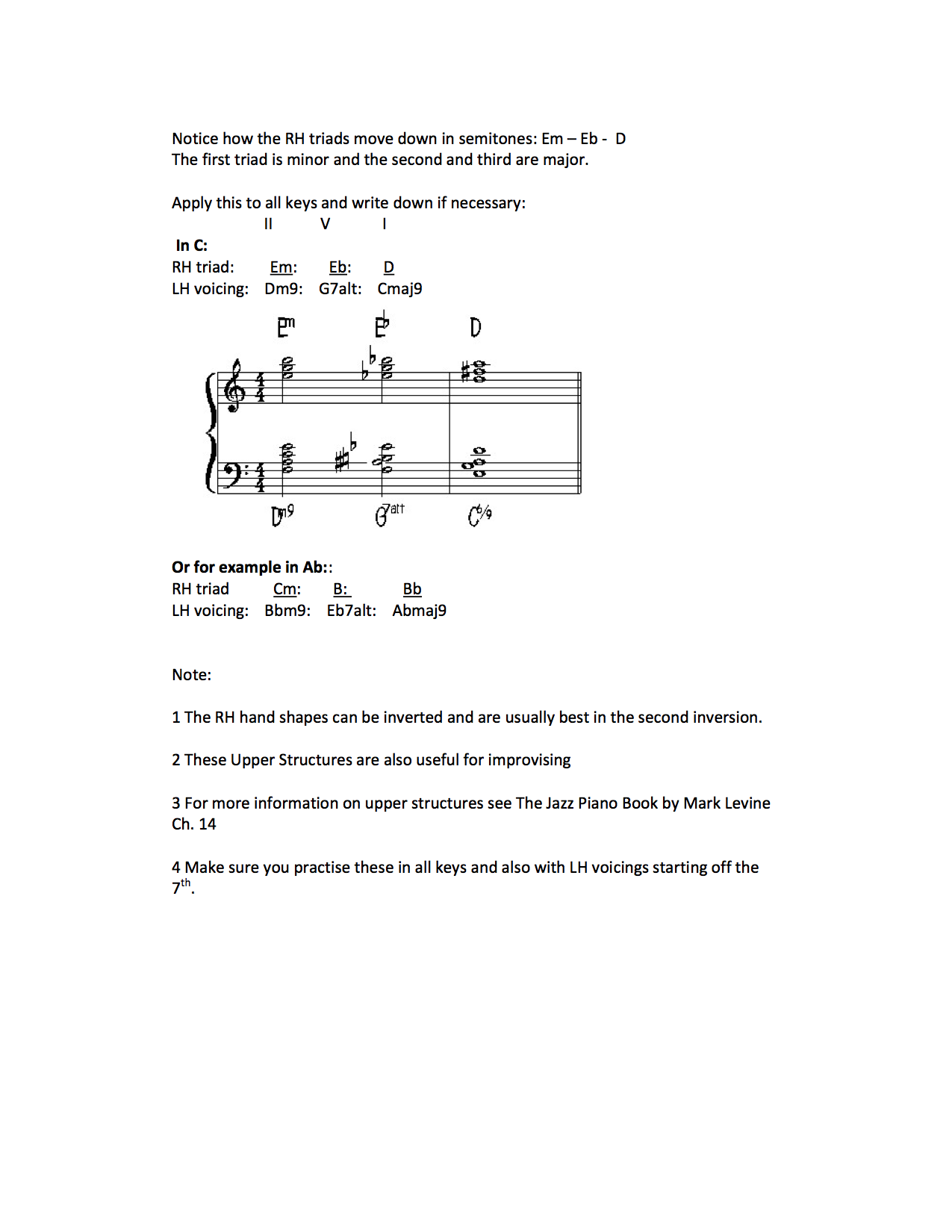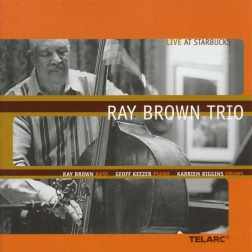Improv Column: Wayne McConnell – Jazz Theory Sells

On Wednesday 18th of January Brighton Jazz School held their Jazz Education Conference in association with the South Coast Jazz Festival. I invited Julian Nicholas, Claire Martin and Geoff Simkins to give short presentations on varying aspects of jazz education. It really was a fantastic day full of very insightful perspectives. Julian’s talk was focused on how the culture and state of education from a funding perspective affects how many students sign up to do a jazz course. Claire’s was coming from the working musicians’ perspective outlining what it takes to run a band from the big organisational tasks to the minutiae of getting to the gig with enough spare time, full of wonderful tips and stories from her experiences. Geoff and I focused more on how to go about learning how to play jazz. We both were coming from the same place. Listening really is the key. His talk was fascinating on many levels, sharing his own experiences both as a performer, teacher and lifelong learner. Many of the things he said resonated with me. My talk focused on how music theory can be a red herring to a great number of students. I’m not going to give you a written version of the talk because you can find it on our website. I am going to allude to the content in the hope that it will whet your appetite to go and listen to it.
Each one of my books from a great stack of music theory and ‘jazz theory’ books tends to say the same thing. They tell me that on a Dm7, play a ‘D Dorian’, a ‘D Phygian’, a ‘D Aeolian’ or perhaps even a D melodic minor or harmonic minor. Nobody can say this isn’t true. We know that some musicians talk in these terms and some might even improvise thinking about this stuff. I think it is quite rare though. Most musicians that I know and have asked have said that they think in terms of the narrative of the melody. What that means is, they are not concerned with the technical information or material when they improvise. They are following the melodic flow of their own ideas. That process is very different to what the books tell you to do. The main reason is, I think, because music theory is black and white, it is mathematical and that is very easy to illustrate in a book. Having taught it that way for many years, I always had this disconnect with it. I would always tell the students ‘well of course, I didn’t/don’t learn it that way, I listen a lot and try and copy it’. It took a while to dawn on me that I shouldn’t really be teaching the music in a way that I didn’t fully believe in. Music theory for me has always been about using it to understand how I hear. What does a major seventh chord really mean to me, what does ‘the altered’ scale mean to me, can I hear context, is it musical, is it appropriate. The answers to those questions are only possible if you believe in what you hear and have confidence to execute what you hear. Anyway, it is a fascinating topic and if you’d like to hear more, feel free to listen to my talk here:
http://brightonjazzschool.com/music-theory-sells/
Really looking forward to the conference next year. Thank you to everyone who attended and to the wonderful presentations from Julian, Claire and Geoff.
Wayne McConnell
Photo: Lennie Tristano photographed by William Gottlieb.



